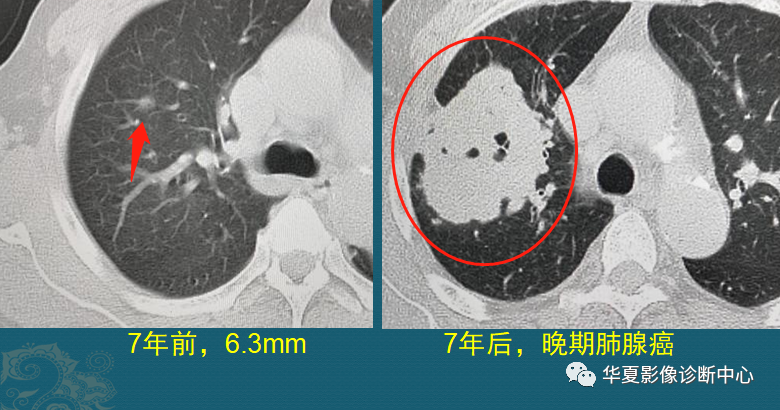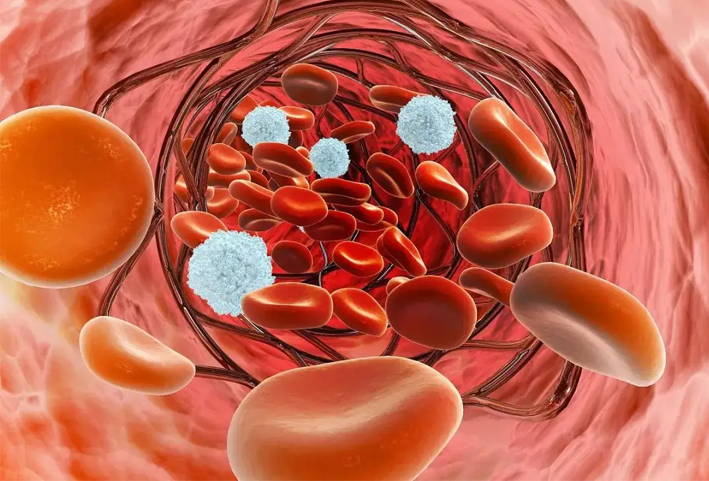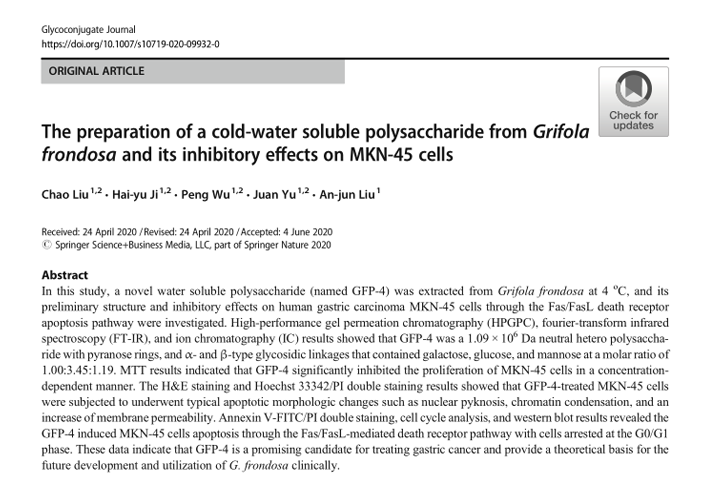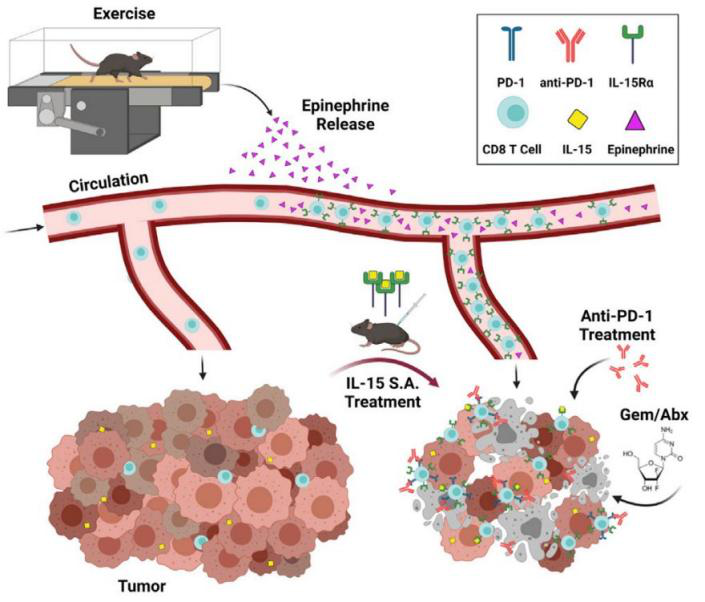Many patients will show me their pathological reports when they come to see the doctor. I hope I can understand the meaning of high-level, low-level, highly differentiated and poorly differentiated tumor cells in the pathological reports.
In detail, the level of tumor differentiation and the level of tumor differentiation are two concepts. It is necessary to mention the cancer differentiation and cancer grading. Let me talk about their differences.
In the process of transforming normal cells into cancer cells, they divide more actively at the beginning. With the progression of the tumor, the tissues that have become malignant continue to change, and the degree of malignancy increases. Tumor cells begin to differentiate, and the regulatory system of their own cells will no longer be able to control the changes that occur. Eventually, the cancer began to spread and metastasize.

Tumor cells originate from previously normal and healthy cells. These cells usually surround the tumor. Pathologists use the term "differentiation" to describe the difference between cancer cells and surrounding normal healthy cells, because not all cancer cells are similar. Some cancer cells are similar to normal healthy cells, while others are quite different.
To put it simply, the more strange a cell grows, the less it looks like a normal cell. The lower its differentiation, the higher its malignancy. The more it likes to be "mischievous".
Pathologists usually use five levels to describe these changes:
Highly differentiated: cancer cells are very similar to the surrounding normal cells, and sometimes it is difficult to distinguish between the two.
Medium differentiation: the cancer cells are obviously abnormal, but some characteristics of the surrounding normal cells are still consistent.
Low differentiation: the cancer cells are obviously abnormal. When the poorly differentiated tumor migrates to lymph nodes or other parts of the body, immunohistochemical analysis and other methods can be used to determine the type and origin of the tumor. The behavior of cancer cells moving to other parts of the body is called metastasis.
Undifferentiated: Cancer cells are different from normal cells in any part of the body. Even with additional testing, it is difficult for pathologists to determine the origin of such tumors.
Dedifferentiation: Used to describe that a tumor consists of two different types of cancer cells. The first type of cancer cells is very similar to normal cells. The second type of cancer cells are very low or not similar to normal cells.
Highly differentiated and moderately differentiated cancers grow more slowly and are less likely to spread to other parts of the body.
In contrast, poorly differentiated and undifferentiated cancers are more aggressive, grow faster, and are more likely to spread to other parts of the body.

Cancer grading
Tumor grading is a classification system based on the appearance of tumor cells under microscope. Different tumor types have different grading systems. If no grading system is specified for the tumor type, the following system is usually used:
Gx: unable to evaluate the level (the rating is unknown);
G1: low-grade or well differentiated cancer cells, usually growing slowly;
G2: Medium grade or moderately differentiated cancer cells grow faster than normal cells;
G3: high-grade or poorly differentiated cancer cells grow faster and are more aggressive.
G4: Undifferentiated cancer, high grade.
Different types of tumors in different organs have different grading standards. Similar to differentiation, grading is helpful in predicting tumor behavior changes over time. Low grade tumors tend to grow more slowly and are less likely to spread to other parts of the body, while high grade tumors usually grow faster and are more likely to spread to other parts of the body.
It should be pointed out that the differentiation is good, medium and poor, which is only a human standard. Different differentiated tumors can appear in the same lesion or the same slice of lung cancer. For patients with the same clinical stage, the degree of differentiation often affects the prognosis of patients.
For different tumors, the degree of differentiation of tumor cells is not necessarily directly related to the prognosis of patients. In terms of treatment, some cells with low differentiation are more sensitive to radiotherapy and chemotherapy. These tumors with lower differentiation are more likely to be treated by chemotherapy and radiotherapy. Therefore, the prognosis of well differentiated tumors is not better than that of poorly differentiated tumors.
For example, the cure rate of common malignant blood disease lymphoma and some moderately and highly differentiated lymphoma can reach about 40% through the combined treatment of chemotherapy and radiotherapy. For most chronic lymphoma (poorly differentiated), the development of the disease is often very slow, lasting for several years or even more than ten years, but drug treatment has little effect on chronic lymphoma. There is a similar situation in the diagnosis and treatment of nasopharyngeal carcinoma. Another example is squamous cell carcinoma of the mouth or throat. The degree of differentiation of tumor cells is not directly related to the prognosis of patients.
Therefore, the differentiation degree and grade of tumor cells can not fully explain the condition of tumor patients, but also need to be judged by experienced tumor specialists in all aspects.
Source link:
https://www.cn-healthcare.com/articlewm/20220923/content-1439956.html













